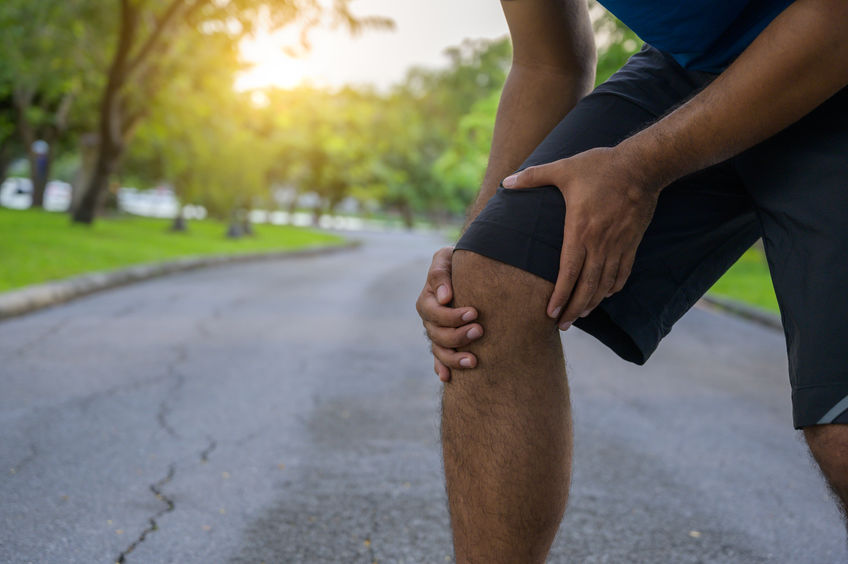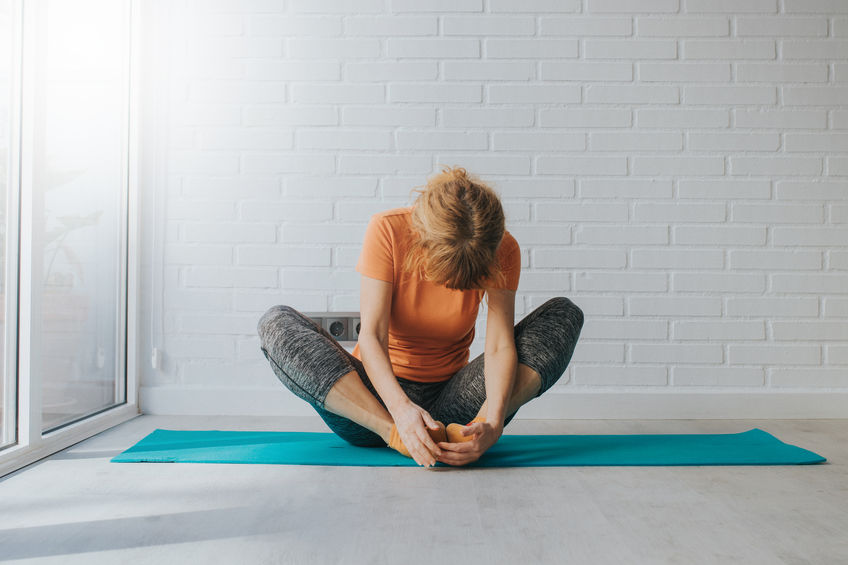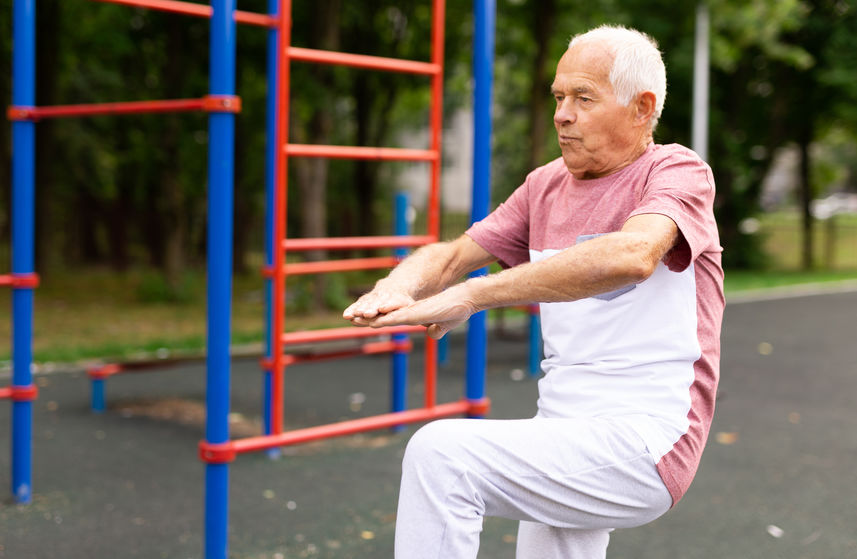A Stronger Hip After Replacement
A hip replacement can feel like a new lease on life. For patients who’ve suffered from chronic pain, a total joint replacement is sometimes the last resort. At the same time, hip replacement patients need to strengthen the hip during recovery. A strong hip reduces prosthetic failure, dislocations and improves the quality of life. There are a few key steps anyone can take along with the guidance of a doctor or physical therapist.
Here’s why you’ll need surgery
Most patients who need total joint replacement surgery have arthritis. The hip is a ball-and-socket joint covered with thin cartilage to prevent shock absorption. Over time, the cartilage wears away, causing chronic pain and stiffness. In some cases, a fall or injury could require a joint replacement. Joint replacement surgery removes the damaged cartilage and bone in the hip joint. From there, an orthopedic surgeon installs a prosthetic hip, often made of metal or other durable materials. Total joint replacement surgery has become more effective and successful over the years.
Proper recovery equals strength
Recovery is an essential part of joint replacements. The hip will depend on the surrounding muscles and bones for support. Eventually, as the procedure heals, the prosthetic will function effectively. The goal for any patient is to increase hip strength with a series of exercises, activities, and lifestyle changes. These can increase in intensity over time. A doctor and physical therapist usually guides the recovery process, with strength being the core focus.
Try these stretches and exercises
After surgery and for the coming months, stretches and exercises will be an essential part of developing hip strength. With simple exercises 2 or 3 times a day, the hip will gain more flexibility and strength. Common stretching exercises include:
- A standing hip extension with a chair: Face the chair and extend the leg of the surgical hip back as far as possible. Return to the starting point and repeat for 10 reps.
- A standing hip abduction with a wall or chair: Face away from the chair and move the leg outward and back again. Repeat the exercise for 10 reps.
- Standing hip flexion: Hold onto a chair or wall and raise the knee as high as possible. The movement looks like marching in place. Return to the starting point and repeat for 10 reps.
Over time, physical therapists may add other exercises such as squats, calf raises, and glute bridges. When done consistently, these exercises should increase hip strength.
These activities can give your hip a boost
With time, post-surgical pain will decrease, and mobility will increase. At this point, starting some healthy activities is recommended. These will not only strengthen the hip but help with managing weight and overall health. Swimming is one of the best low-impact exercises for hip strength. Most of the stretching exercises can be done in the water for added effect. Other practical exercises include walking, riding a stationary bike, and basic yoga. Avoid high-impact exercises like jogging, tennis, basketball, or football. Furthermore, avoid high-risk activities like biking, skiing, and horseback riding.
Manage your workload
A strong hip also means knowing when to rest. With time, the hip becomes more flexible, and patients are tempted to try more activities. However, knowing when to relax can help patients avoid injury. During daily activities, look for long bouts of pain and swelling. At that point, stop any activity and rest, use non-steroidal anti-inflammatory drugs (NSAIDs) or temperature therapy.
Diet can help too
A healthy, strong hip needs nutritional support, so a balanced diet is crucial. The right diet provides energy and nutrients for long-term health. Half of any meal should have equal parts healthy, lean proteins and carbohydrates. The other half should be filled with vegetables. This balanced diet provides protein and iron for muscle building. There is also calcium for bone health, vitamin C for healing, and many others.
A stronger hip makes a better life
Getting a new hip thanks to total joint replacement surgery can feel like a godsend. At the same time, proper recovery and lifestyle changes will maximize the effectiveness of the prosthetic. Stretching, exercising, and healthy activities strengthen the muscles around the new joint. In addition, a healthy diet provides the platform for long-term health and wellness. If there is a concern about the recovery process, speak with a doctor, dietitian, or physical therapist.



